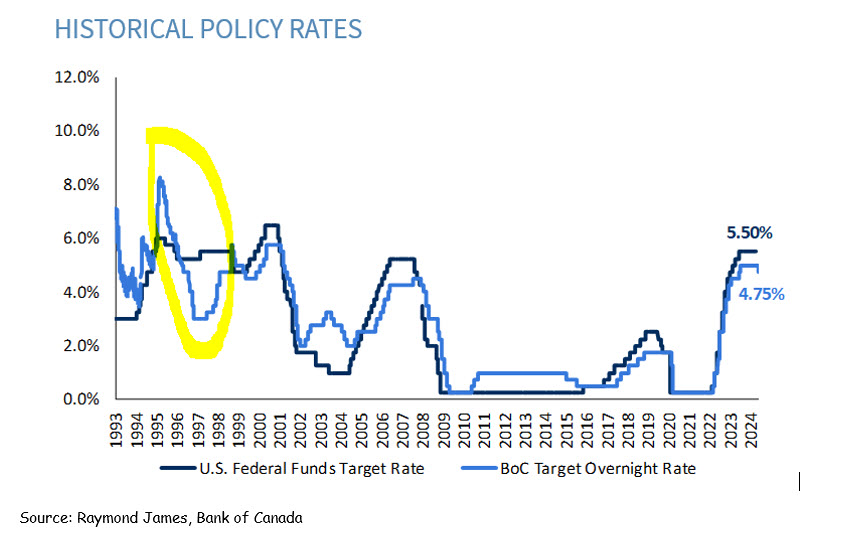Do You Like 'Like'?
Written by Paul Siluch
June 19th, 2024
People today use the word ‘like’ a lot. Like, really a lot. Embraced by the youth, the word ‘like’ has now spread worldwide.
The word comes from ancient Norse and was used to describe something similar. “He’s a country fellow, like” for example. It then broadened to a wider variety of uses.
Shakespeare is blamed by some for using the more formal ‘liken’ and ‘belike’ and then substituting them with the shorter ‘like’ to echo what people were already saying.
Which means he may have just been riding a rising wave.
In a study done in the UAE with 17- to 24-year-old students at the American University of Sharjah, the word was used almost 20 times for every 1,000 words. That is 2% of all words used in everyday conversation. One student used ‘like’ for a full 5% of their verbal output.
The word ‘like’ was just an average word used the same amount of time for over a century. That is, until Valley Girl speech became popularized in movies starting in the 1980s. Some purists complain that its use made girls sound less intelligent (we do pick on girls’ speech more) even though boys may actually use it more today.
The word like is used today in almost every context. We don’t write the word ‘like’ nearly as much as we say it, although that may change as today’s youth become the largest cohort in society. Google Ngram – an on-line tool to search for words and word strings - shows that the word “like” has more than doubled in frequency in books today compared to those published in 1979.

‘Like’ and its forms began life as a verb (“I like horses”), then an adjective (“She is the likely candidate”). Where it has taken off in recent years is as a form of quotation (“He said, like, back off!”), a term of approximation (“I had to walk, like, a mile”), and as way of pausing for emphasis (“I, like…really want this”).
It is even a noun now, thanks to Facebook (“I gave the posting a Like”).
Language changes and evolves. Canadians used to be known worldwide for saying “eh?” at the end of every sentence, but this is slowly dying out as our youngest members don’t say it anymore. That’s how grandpa talks – who wants to sound like that? ‘Like’ has spread from youth to the mainstream around the world because it is flexible, useful, and everyone knows what you mean.
It's, like, everywhere and it’s here to stay.
It’s Like, Unbalanced
As we approach the mid-point of 2024, it is worth remembering two things.
- First, U.S. election years tend to be good years to be invested. So far, 2024 has been a profitable one. There is normally a mid-year pause (which is happening now), followed by a year-end rally after the election is decided.
- Second, low presidential approvals between 35% and 50% - where we are now, are better for stock returns than high approval ratings (Ned Davis Research).
That said, the U.S. market has become somewhat unbalanced. In the last month, the average U.S. stock returned -1.6% while the 10 largest companies (Microsoft, Apple, and Nvidia being the biggest) returned +5.7% on average.
This means 90% of all stocks fell and yet the indexes rose (source: Forbes).
“Appear weak when you are strong, and strong when you are weak.”
― Sun Tzu, The Art of War
This graph compares two indexes: the blue is the S&P 500, which gives the most index weight to the biggest companies, while the red is the Equal-Weight S&P 500, where every company gets 1/500 of the index equally.

The Equal-Weight index has been declining since April. This means the average stock – 90% of all companies - has declined over the last three months. Meanwhile, the biggest companies – the top 10% - have had a great quarter. This has the effect of pushing the popular indexes higher even as most stocks are falling.
Like an army that has become too spread out, either the leaders must fall back or the rest of the troops have to catch up. Both could happen over the course of the summer.
Interestingly, the mania over AI – artificial intelligence – may not be as good as advertised. Both McDonald’s and Amazon have suspended AI efforts to automate drive-through order-taking and self-checkout because AI performed so poorly.
Humans 1 Computers 0.
Maybe the AI darlings are due for a reality check.
The Loonie is, Like, Weak
Canadian and U.S. interest rates are charting sharply different paths. While it is true that we are tied to the U.S. economy like the tail at the end of the dog, we don’t always move in sync. Right now, the U.S. remains the strongest economy in the world. Canada is slowing.
Blame it on expensive real estate, higher debt, or government policy, but the reality remains that we have already started cutting interest rates to ease our pain while the U.S. is not even close to beginning its rate cut cycle.
Why is this? Blame mortgages. The typical mortgage loan term is five years or less in Canada, versus 30 years in the United States. Hundreds of thousands of 5-year mortgages were taken out in Canada between 2019 and early 2022 at rates of 3% or less. The first ones have already started rolling over for renewal at over 5%. 2025 and 2026 will see the biggest wave as many 2020 sub-2% mortgages come due:

This puts the Bank of Canada in a tough position. Keep rates high to fight stubborn inflation or lower rates to save borrowers from insolvency?
We may already have our answer. The Bank of Canada lowered rates by ¼% earlier this month and is expected to cut 4 times this year.
Meanwhile, the U.S. is now expected to lower rates just 1-2 times this year, down from earlier expectations of 6 cuts. Some economists see no rate cuts at all.
The Canadian dollar has weakened, as a result. When you can get 5.3% on a U.S. T-Bill in a strong currency, why settle for 4.5% on a Canadian T-Bill? Or less if they cut rates again next month?
The Bank of Canada typically moves in parallel with the U.S. Federal Reserve. Not always, though. The last time we saw the Bank of Canada become sharply out-of-step with our southern neighbour was in 1995-1998, during that generation’s fiscal crisis. Debt-to-GDP reached a high in 1996 – a high recently surpassed in 2020:

The government took harsh measures to lower the debt, and then followed with rate cuts all the way down to 3% while the U.S. remained near 6%.

What happened to the Canadian dollar? It fell almost 15%.

History never repeats. The differences this time around are that the U.S. is expected to follow Canada later this year with its own rates cuts. Meanwhile, commodity prices – Canada’s lifeblood – are rising. This was not the case in the 1990s as gold, oil, and copper hit new lows.
But history does rhyme. If we get too far ahead of the U.S. in interest rate cuts, our dollar is likely to suffer. Could we dip back below US $0.70 again?
More and more economists suggest we could.
This will make travel more expensive but it will also make our exports more competitive. A low Loonie and a resource boom could be just the things to get Canada going again.





